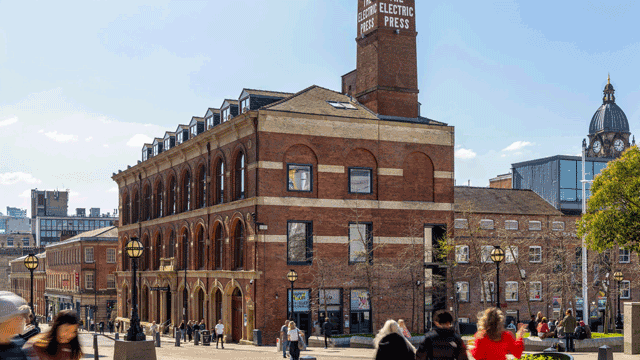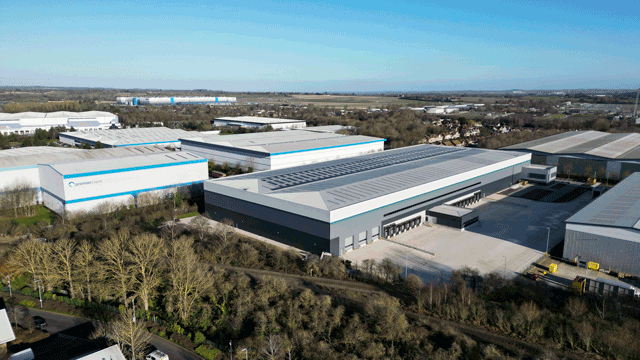Council failing to remove tree – Tree roots encroaching onto nearby property causing damage – Company acquiring freehold of property after damage inflicted – Company carrying out repairs by underpinning property – Whether company entitled to sue council for encroachment in private nuisance – Judge dismissing claim – Appeal allowed
In the early 1900s the Church Commissioners erected 19 blocks of flats, collectively known as Delaware Mansions, Maida Vale, London W9. At all material times thereafter the 167 flats in the mansion blocks were demised on long leases granted by the commissioners. In 1989 structural engineers, instructed by Delaware, reported that blocks 9-12 had sustained structural damage that was caused by the encroachment of roots of an 80-year-old plane tree, for which the defendant council were responsible as the highway authority. The engineers advised that either the tree should be felled, which would have ended the nuisance at very little cost, or that the blocks should be underpinned.
On 25 June 1990 the commissioners sold the freehold of the mansions for the nominal price of £1 to the second claimant, Flecksun Ltd, a wholly-owned subsidiary of Delaware. Delaware, the first claimant, ws owned by the tenants of the flats and acted as the maintenance and service company for the tenants.
The council declined to fell the tree on the basis of their wish to preserve mature plane trees in central London. As a result, underpinning of the blocks was necessary at a cost of £570,735 to the claimants. The claimants issued proceedings against the council in nuisance and negligence. The judge held that neither of the claimants had sufficient interest in the property at the material time to maintain a cause of action. It was found that Flecksun had insufficient interest because the damage had occurred before it became the freeholder and that Delaware had no cause of action because its interest was essentially contractual and not proprietary. Flecksun appealed.
Held: The appeal was allowed .
1. In the case of a continuing nuisance there was a continuing cause of action. A claimant was entitled to abate the nuisance and could claim damages for physical injury and an injunction. Similarly, a claimant was entitled to obtain the reasonable costs of eliminating the nuisance if it was reasonable to do so: see Whitehouse v Fellows (1861) 10 CB (NS) 765.
2. It was established by the acceptance of the need for remedial work that a nuisance had been present during Flecksun’s ownership. The actual and relevant damage was the cost of the necessary and reasonable remedial work. Underpinning had been held to be a reasonable way of eliminating the nuisance and the owner could recover the cost of doing it. There was no need to prove that further physical damage had resulted from the nuisance during the period of Flecksun’s ownership. The fact that the nuisance existed before Flecksun became the freeholder was irrelevant: Lemmon v Webb [1894] 3 Ch 1; Davey v Harrow Corporation [1958] 1 QB 60; Hunter v Canary Wharf Ltd [1997] AC 655, considered.
Michael Pooles QC (instructed by Beachcroft Wansboroughs) appeared for the claimants; Adrian Cooper (instructed by Vizards) appeared for the defendant.
Thomas Elliott, barrister









